Goshenite: gemstone and Jewelry
Goshenite is a colorless variety of beryl, which is a mineral that belongs to the same family as emerald and aquamarine. It is one of the six recognized varieties of beryl, the others being emerald, aquamarine, heliodor, morganite, and red beryl. While goshenite is often considered the least glamorous of the beryl family, it has a fascinating history and is a popular gemstone for jewelry. In this article, we will explore the properties, sources, history, symbolism, and uses of goshenite and goshenite jewelry.

Properties of Goshenite:
Goshenite has a chemical formula Be3Al2(SiO3)6, which means it is composed of beryllium, aluminum, and silicon. It has a hardness of 7.5-8 on the Mohs scale, which makes it a durable stone for jewelry. Goshenite has a refractive index of 1.57-1.60 and a specific gravity of 2.63-2.90. It is a relatively rare gemstone, and large, high-quality specimens can be quite valuable.
Goshenite is typically transparent, but it can sometimes be cloudy or opaque. It is often confused with other colorless gemstones, such as quartz and topaz. However, goshenite has a higher refractive index than quartz and a lower specific gravity than topaz, which helps distinguish it from those stones.

Sources of Goshenite:
Goshenite is named after the town of Goshen, Massachusetts, where it was first discovered in 1806. However, it has also been found in other locations around the world, including Brazil, Madagascar, Afghanistan, Pakistan, Russia, and the United States. Brazilian goshenite is the most well-known and widely available, and it is often considered the highest quality. However, some collectors prefer goshenite from other sources for its unique characteristics.

History of Goshenite:
Goshenite has been known since ancient times, but it was not recognized as a distinct mineral until the 18th century. Before that, it was often confused with other colorless gemstones, such as diamond and topaz. However, it was not valued as highly as those stones, and it was primarily used for decorative purposes rather than jewelry.
In the 19th and early 20th centuries, goshenite was primarily used for scientific purposes, such as making eyeglasses, microscope lenses, and other optical instruments. It was prized for its clarity and lack of color distortion, which made it ideal for precision work.
In the mid-20th century, goshenite began to be used more frequently in jewelry. Its colorless beauty was prized by designers who wanted to create elegant, understated pieces. Today, goshenite is considered a classic, timeless gemstone that is perfect for both traditional and modern jewelry styles.

Symbolism of Goshenite:
Goshenite has a number of symbolic associations. In ancient times, it was believed to enhance the purity of the wearer's heart and mind, and to promote wisdom and enlightenment. In modern times, it is often associated with clarity, purity, and sincerity.
It is said to enhance communication and facilitate understanding between people. Because of its association with clarity, goshenite is often used in meditation and other spiritual practices. It is believed to help the wearer connect with higher states of consciousness and to deepen their understanding of the world around them.

Uses of Goshenite:
Goshenite is used primarily in jewelry, where it is prized for its colorless beauty and durability. It is often used as a substitute for diamonds in engagement rings and other fine jewelry pieces. Goshenite also complements other stones well, and it is often combined with colored gemstones to create striking and elegant pieces. One of the most popular uses of goshenite is in vintage and antique jewelry.
Many pieces from the Art Deco and Art Nouveau periods feature goshenite, often paired with other gemstones and metals. These pieces are highly sought after by collectors, and they are valued for their timeless style and beauty. Goshenite is also used in healing and spiritual practices.
It is believed to have a calming and centering effect on the body and mind, and to help the wearer connect with their inner wisdom and intuition. It is often used in meditation and energy healing, and it is also thought to have a cleansing effect on the chakras and aura.

Goshenite Jewelry:
Goshenite is a popular gemstone for jewelry, especially in engagement rings and other fine pieces. Because of its colorless beauty, it complements a wide range of metals and settings, from classic yellow gold to modern platinum and white gold. It is often cut in a variety of shapes, including round, oval, pear, emerald, and marquise, depending on the preferences of the designer and the wearer.
Goshenite is often paired with other gemstones to create stunning and unique pieces. It complements colored stones well, especially pink and blue stones like morganite and aquamarine. It is also often paired with diamonds, which help accentuate its colorless beauty and add a touch of luxury and sparkle. Vintage and antique goshenite jewelry is highly sought after by collectors and enthusiasts.
Many pieces from the Art Deco and Art Nouveau periods feature goshenite, often paired with other gemstones and metals. These pieces are prized for their timeless style and beauty, and for their historical and cultural significance.

Goshenite is a fascinating and understated gemstone that has a long and rich history. While it may not be as well-known or glamorous as other beryl varieties like emerald and aquamarine, it has a unique beauty and versatility that make it a popular choice for jewelry designers and collectors. Whether used in classic or modern pieces, goshenite is a gemstone that will continue to capture the hearts and imaginations of jewelry enthusiasts around the world.




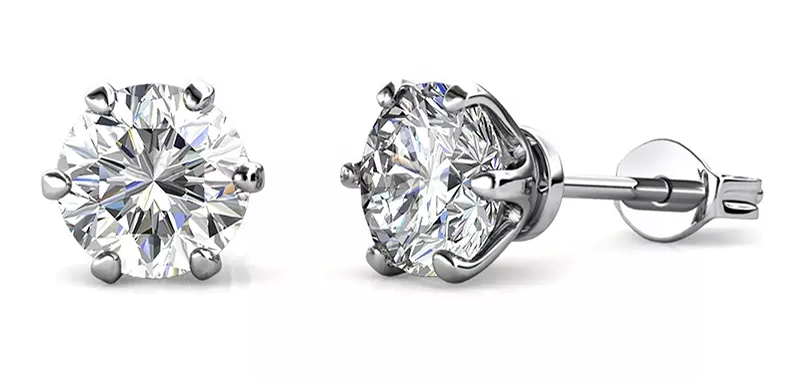
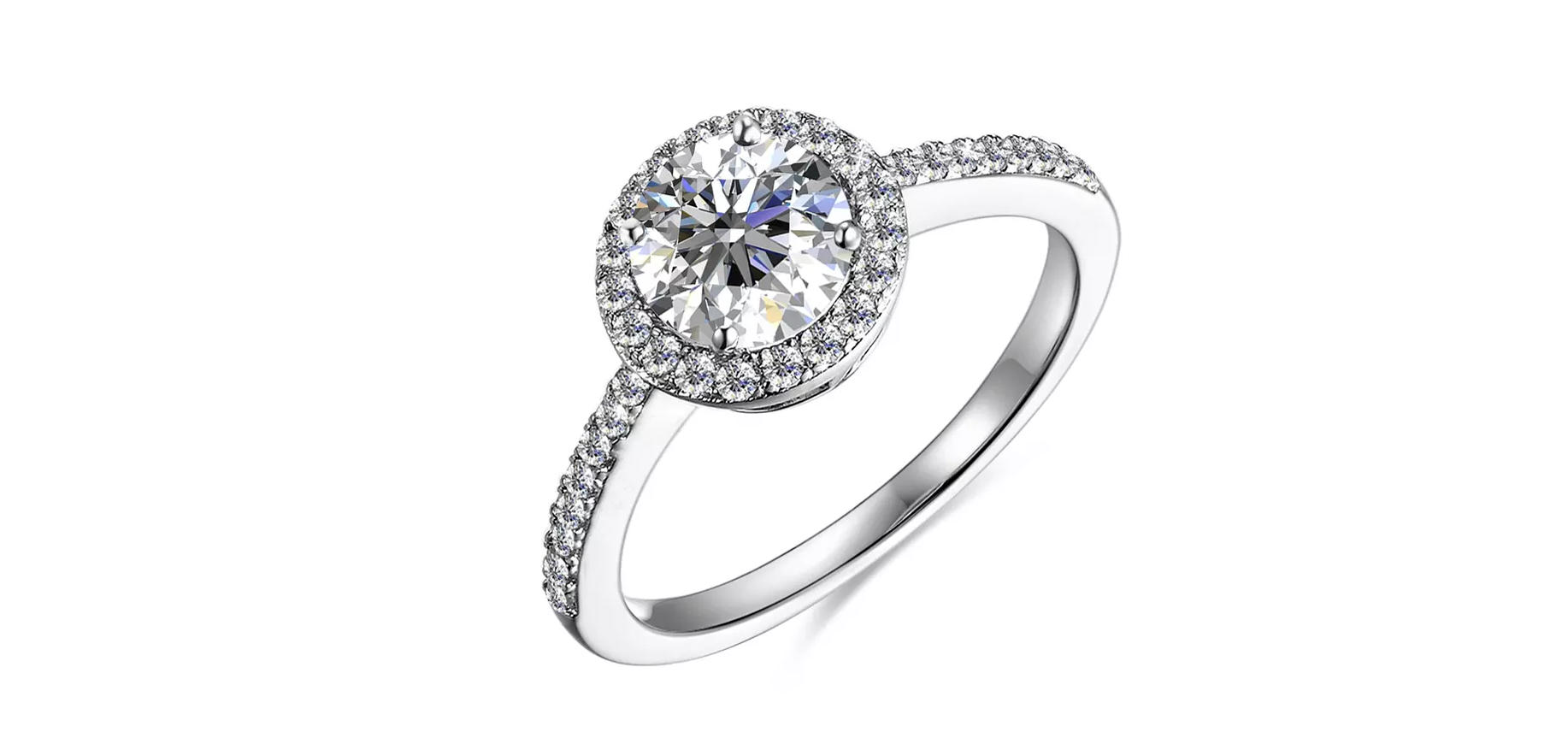
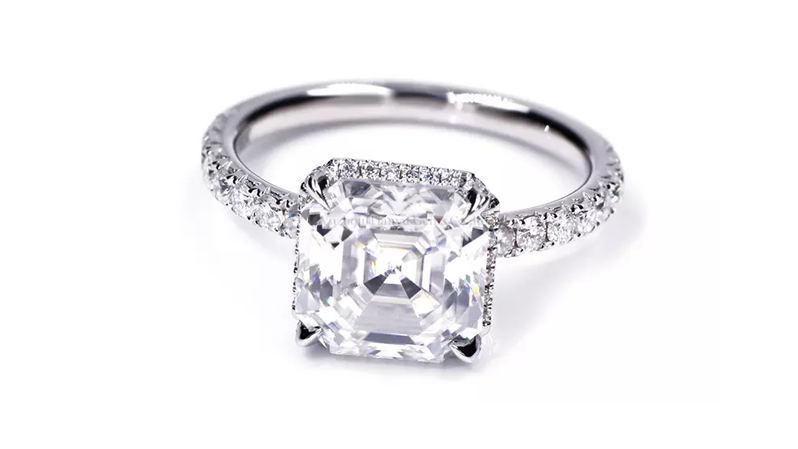
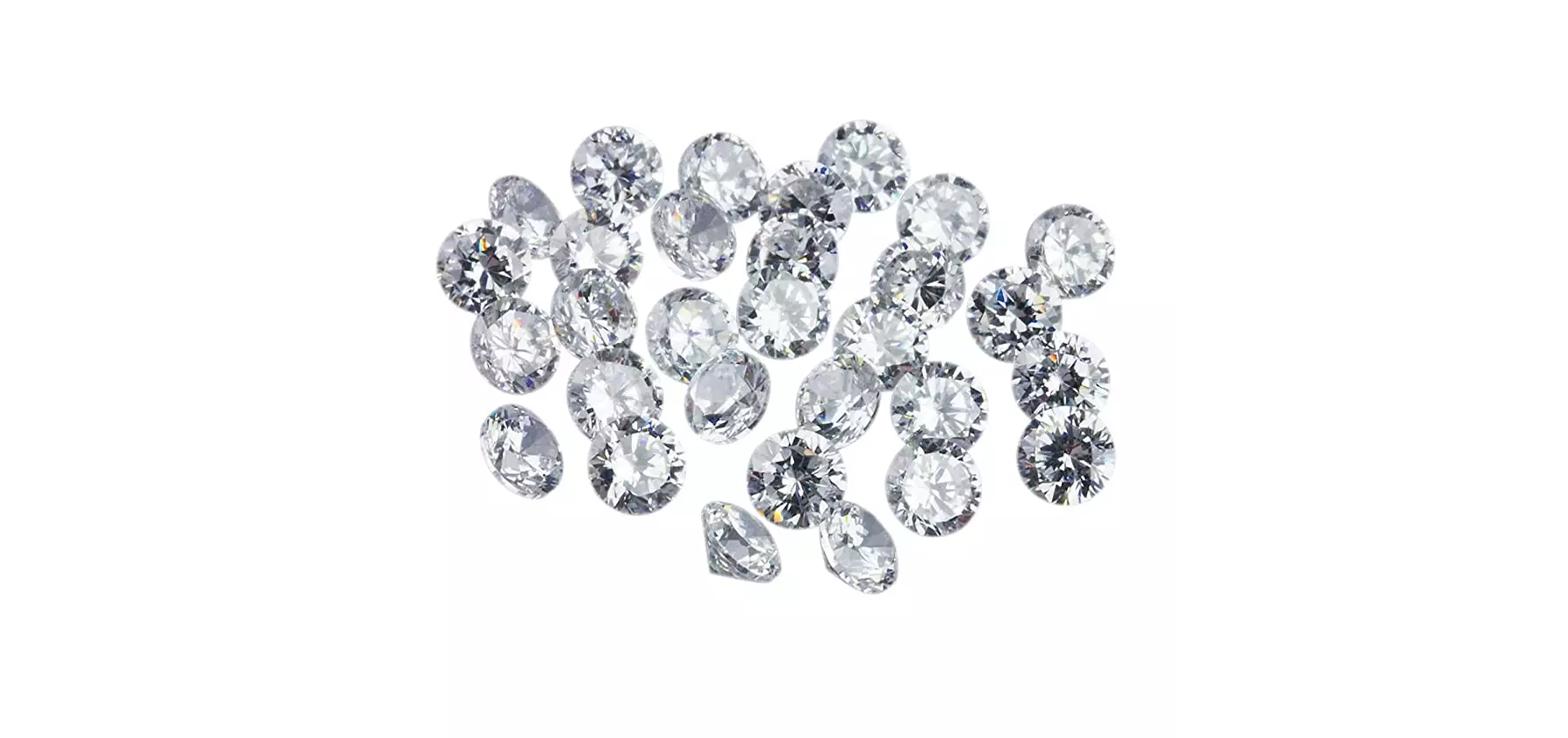
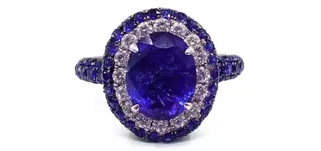
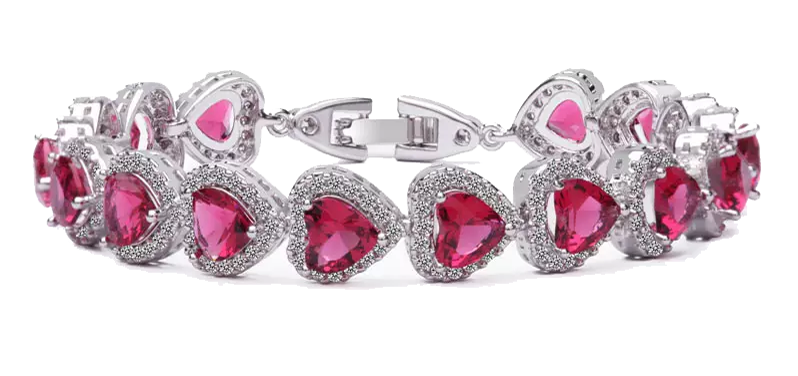
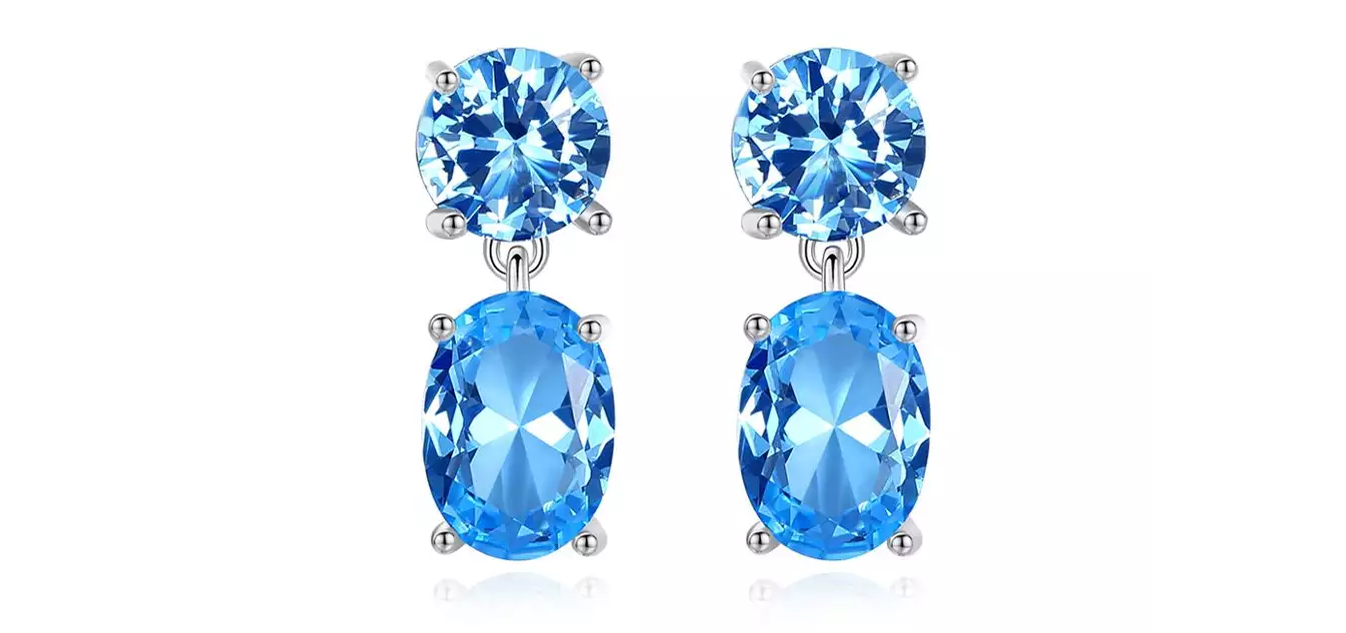
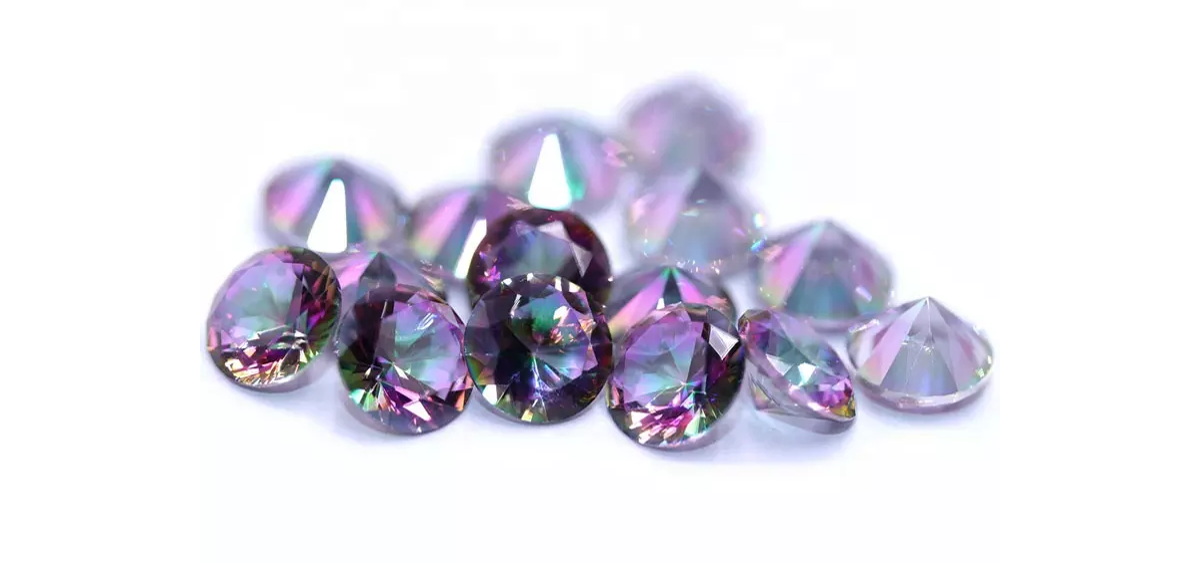
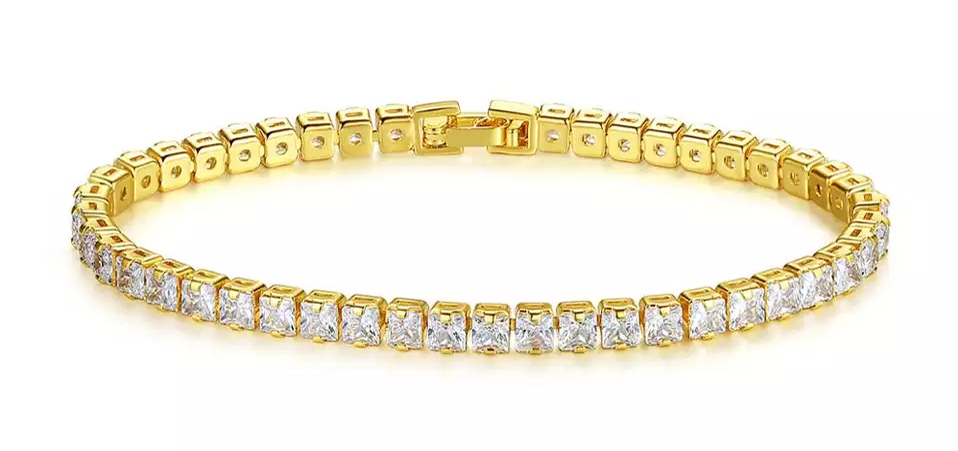
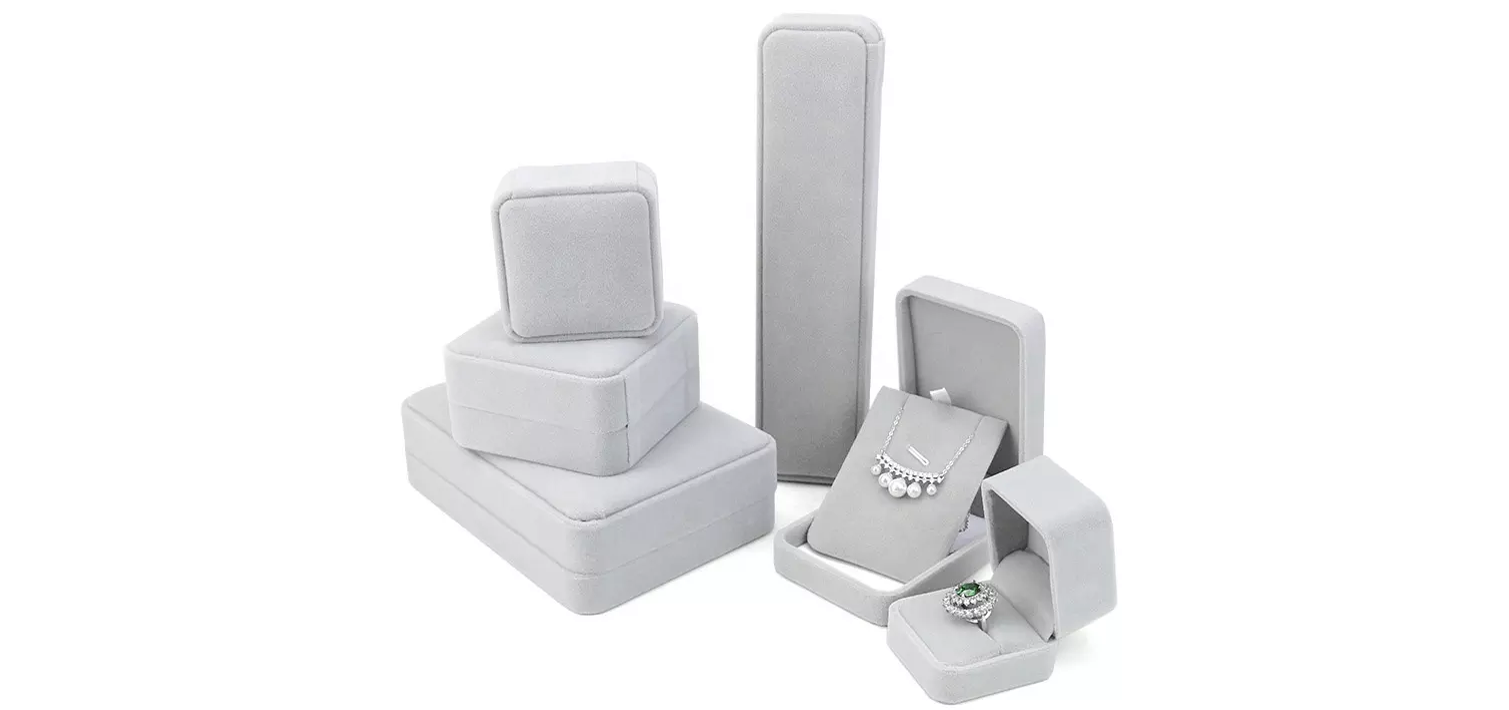
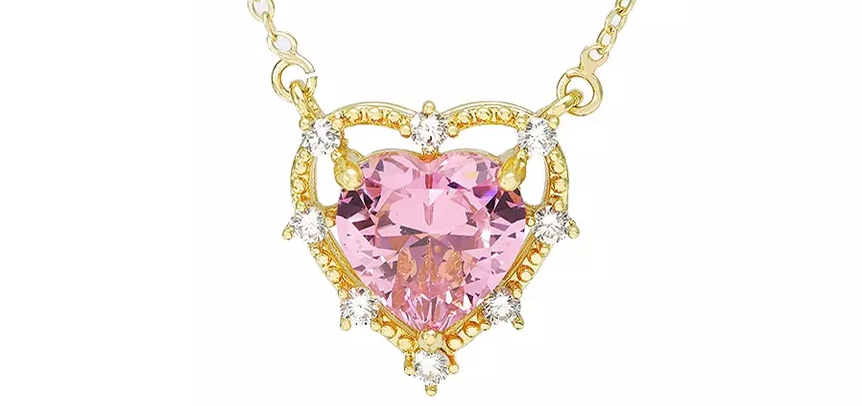
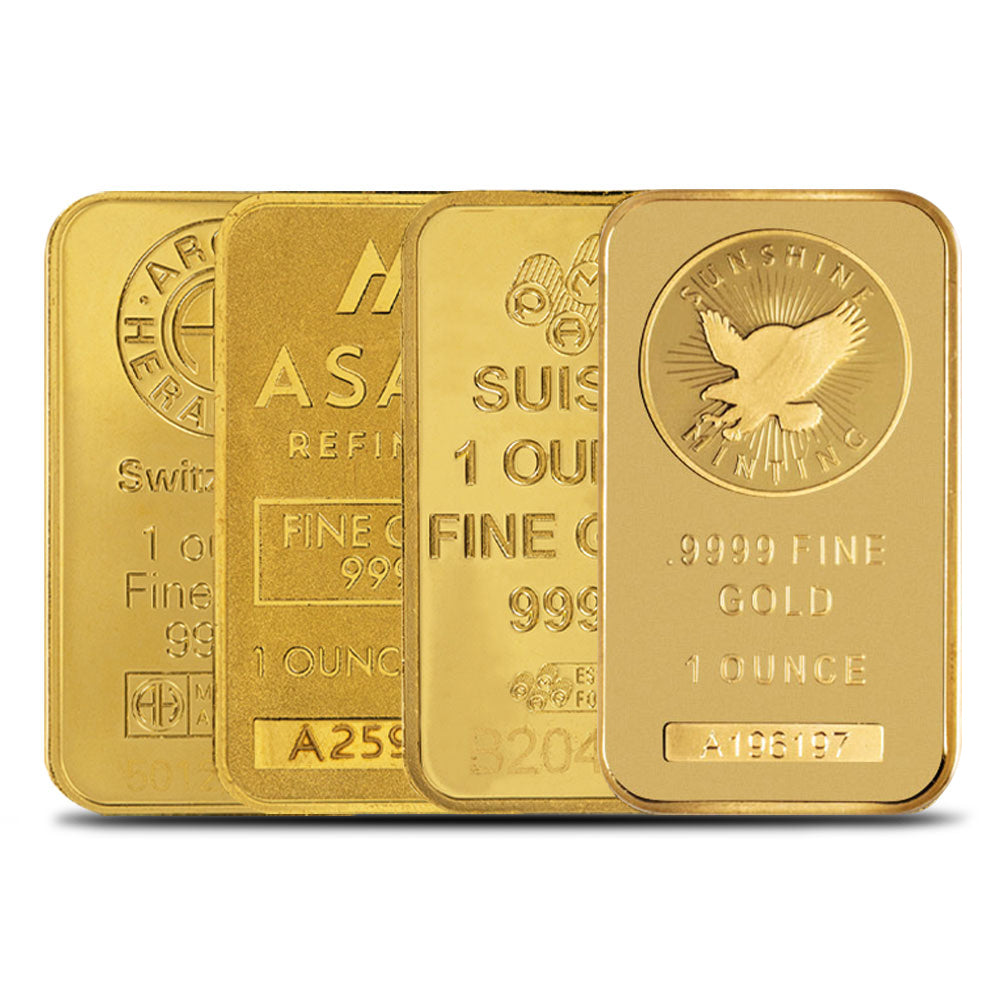
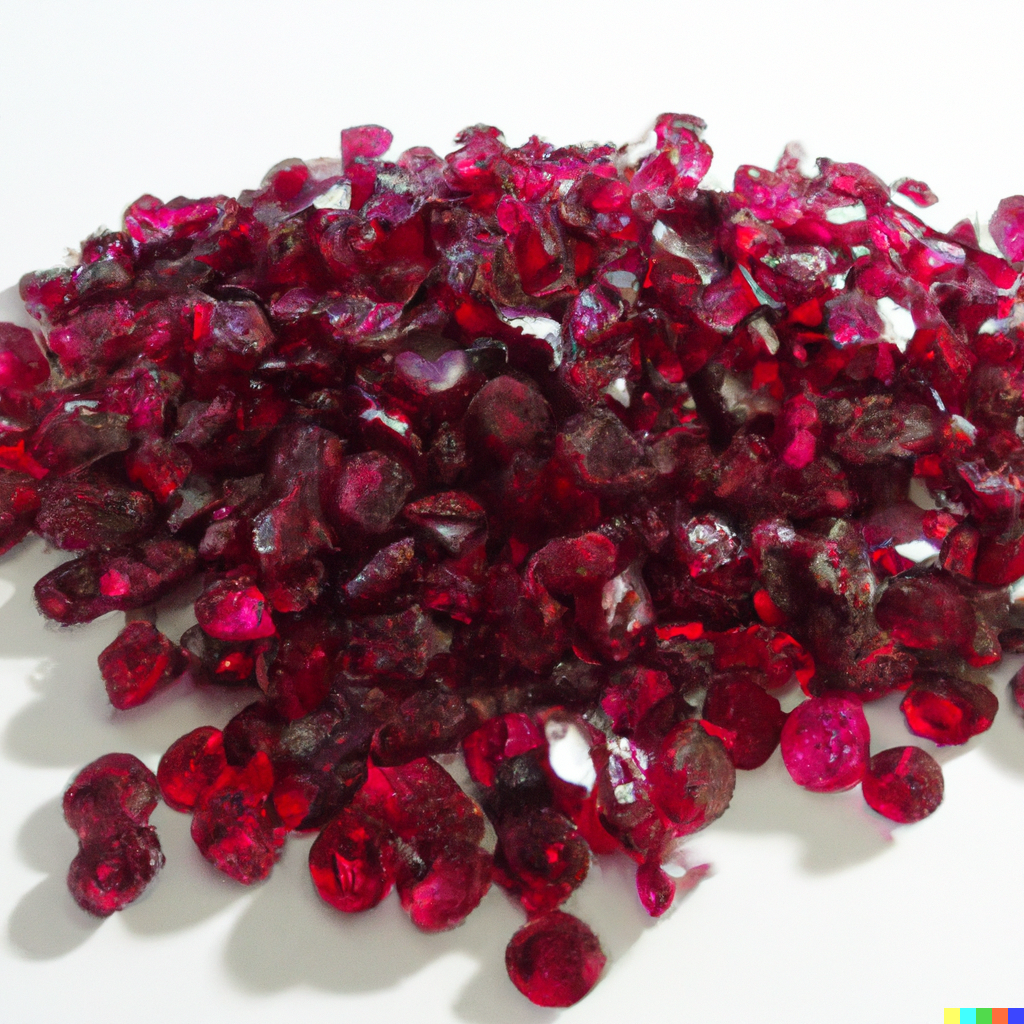
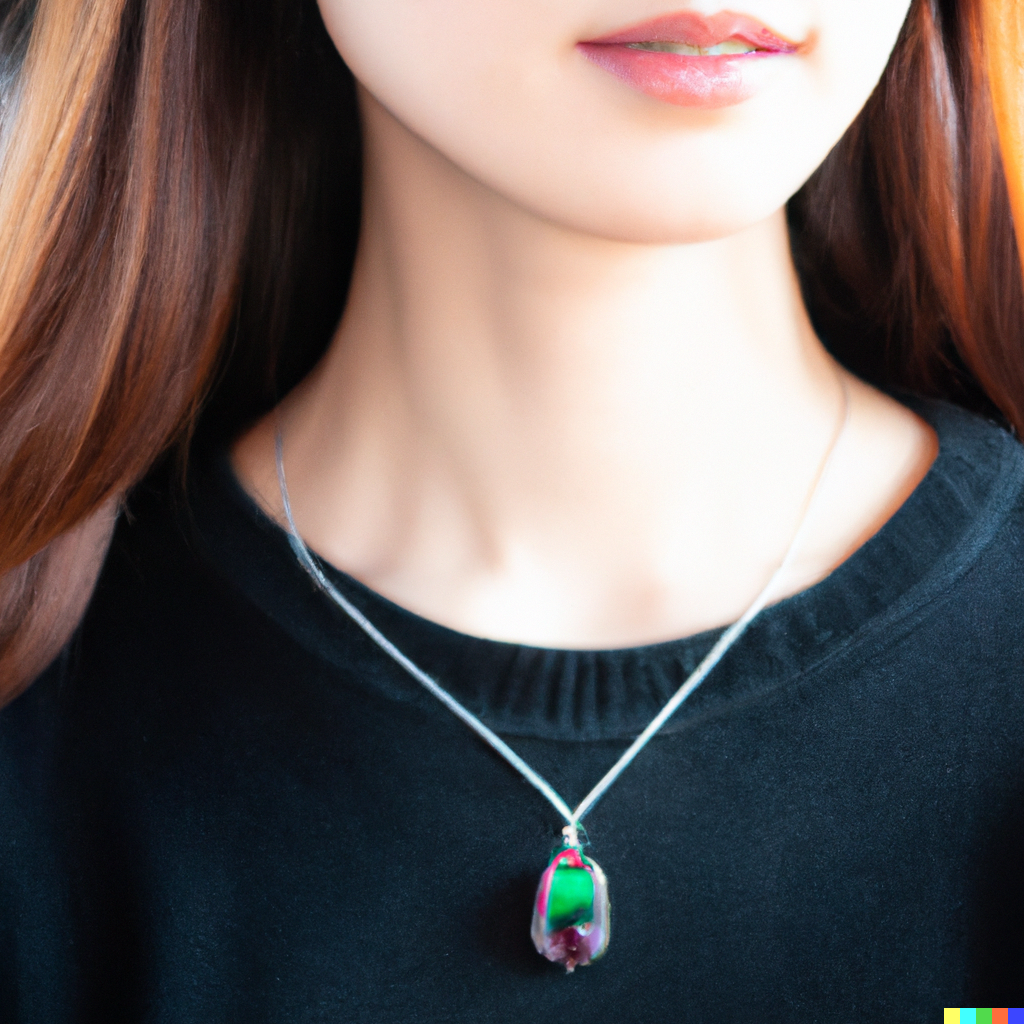
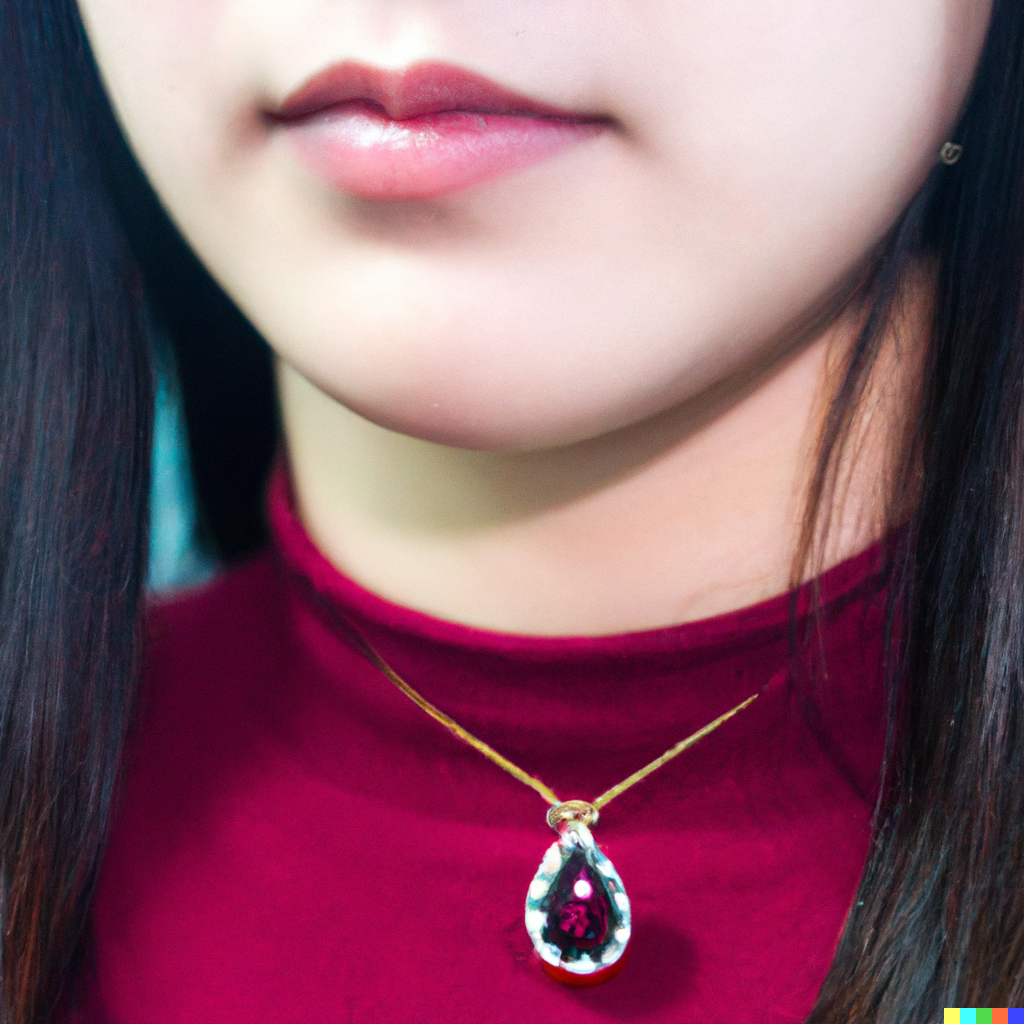
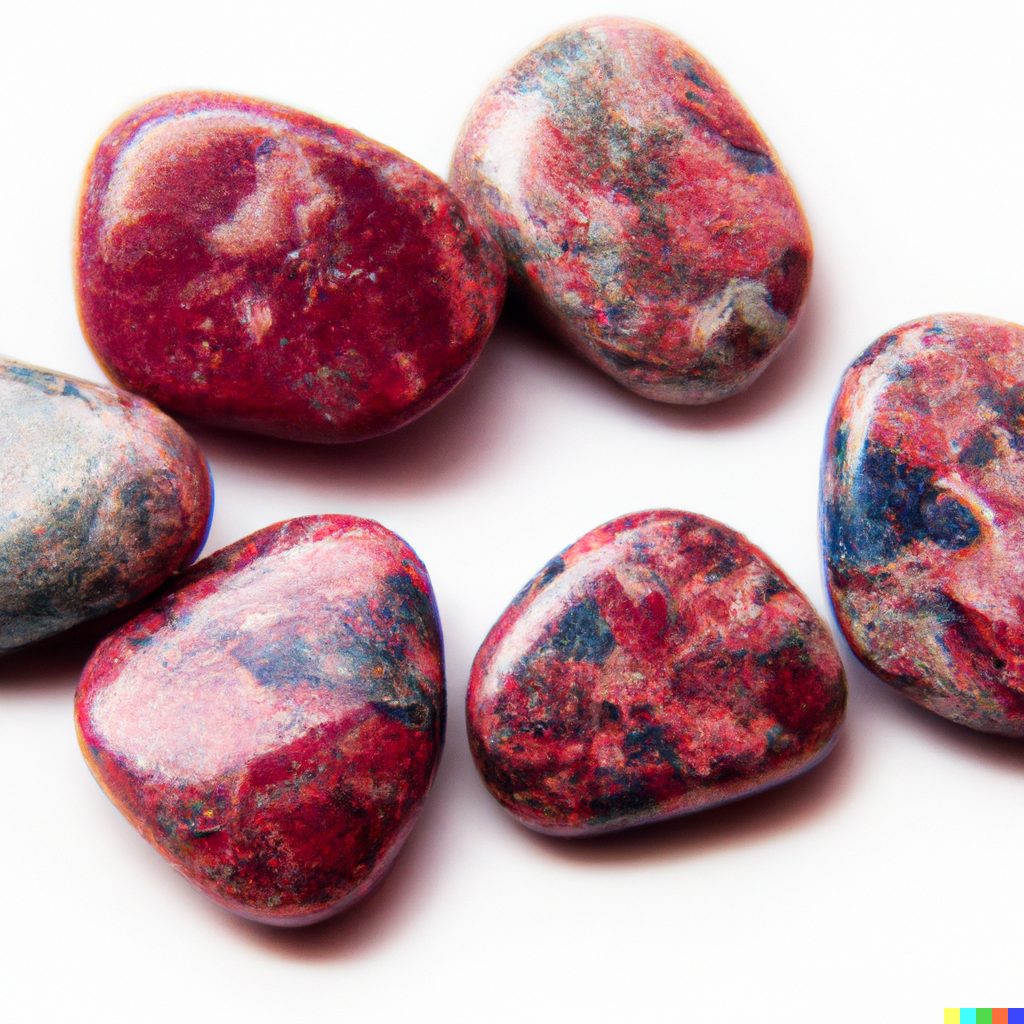


Leave a comment